You can love racing. It may never love you back.
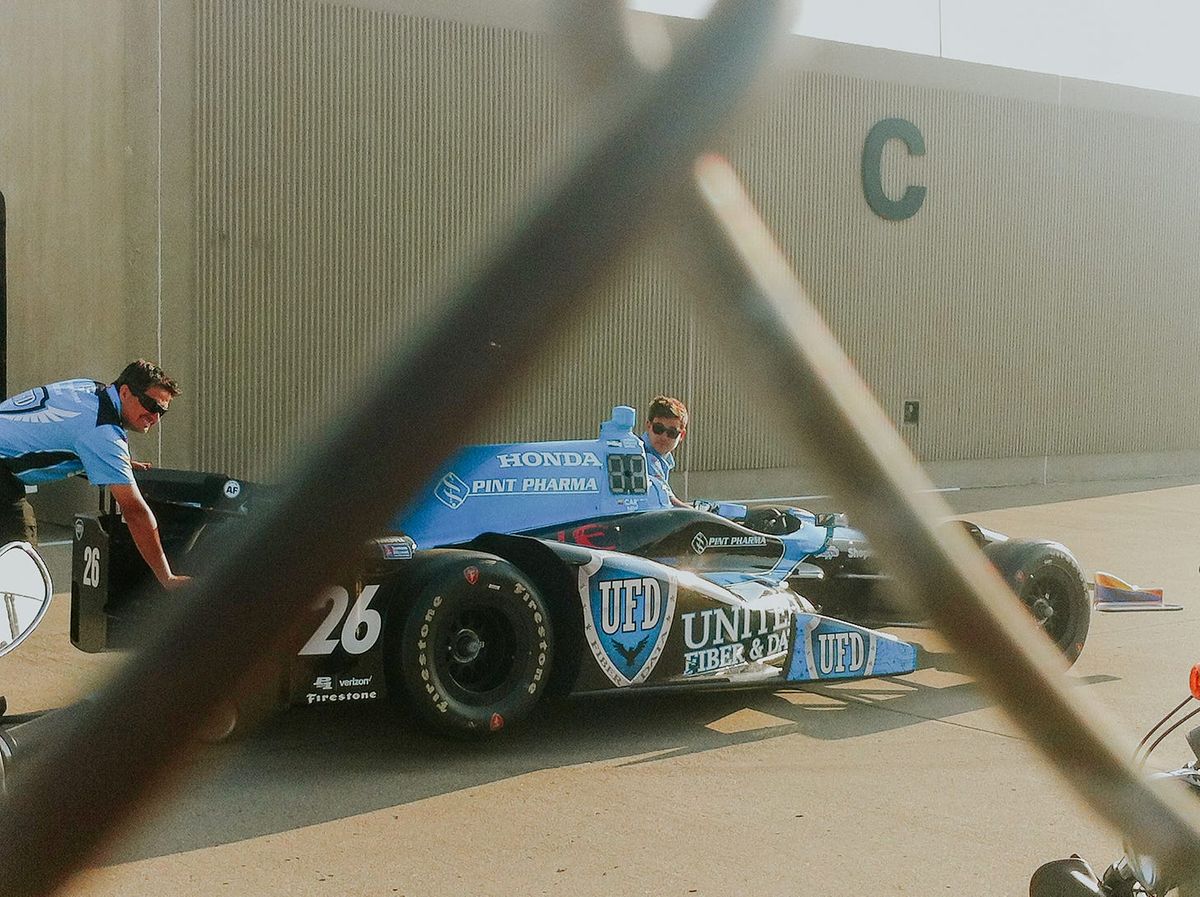
The sport that will rip your heart out the most is motorsports.
Go ahead. Lose to your rival on a three-point shot at the buzzer. Throw a game-sealing pick-six. Give up a walk-off grand slam in Game 7 of the World Series.
What Carlos Muñoz endured at Indianapolis is worse.
In 2016, the Columbian driver was one of the three fastest cars during the week of Indianapolis 500 practices. He and his Andretti Autosport teammates dominated the speed charts, once sweeping the top three spots and twice putting two cars in the top three.
On qualifying weekend, Muñoz ended up fifth — only 0.473 mph off of the pole speed set by James Hinchcliffe.
On Carb Day, the historic final practice for the world’s biggest sporting event, he and his No. 26 car were fastest.
In 2013, Muñoz led the Indianapolis 500 with just 20 laps to go — his IndyCar Series debut. He finished second to Tony Kanaan after a late caution ended the race behind the pace car. He might have won the race, which was already defined by its incredible passes for the lead, had the race ended under the green flag.
Muñoz didn’t lead a lap in 2014, but finished fourth, always lurking behind the leaders if an accident or mechanical issue plague the cars in front of him.
He led the race with 30 laps to go in 2015, only to be foiled by an unfavorable pit strategy, finishing the last car on the lead lap. He won his first IndyCar Series race the next week on the streets of Belle Isle in Detroit.
Muñoz was one of the favorites to win the Indianapolis 500 in 2016.
But favorites don’t exist at Indianapolis.
Countless people love Indianapolis, but Indianapolis loves no one.
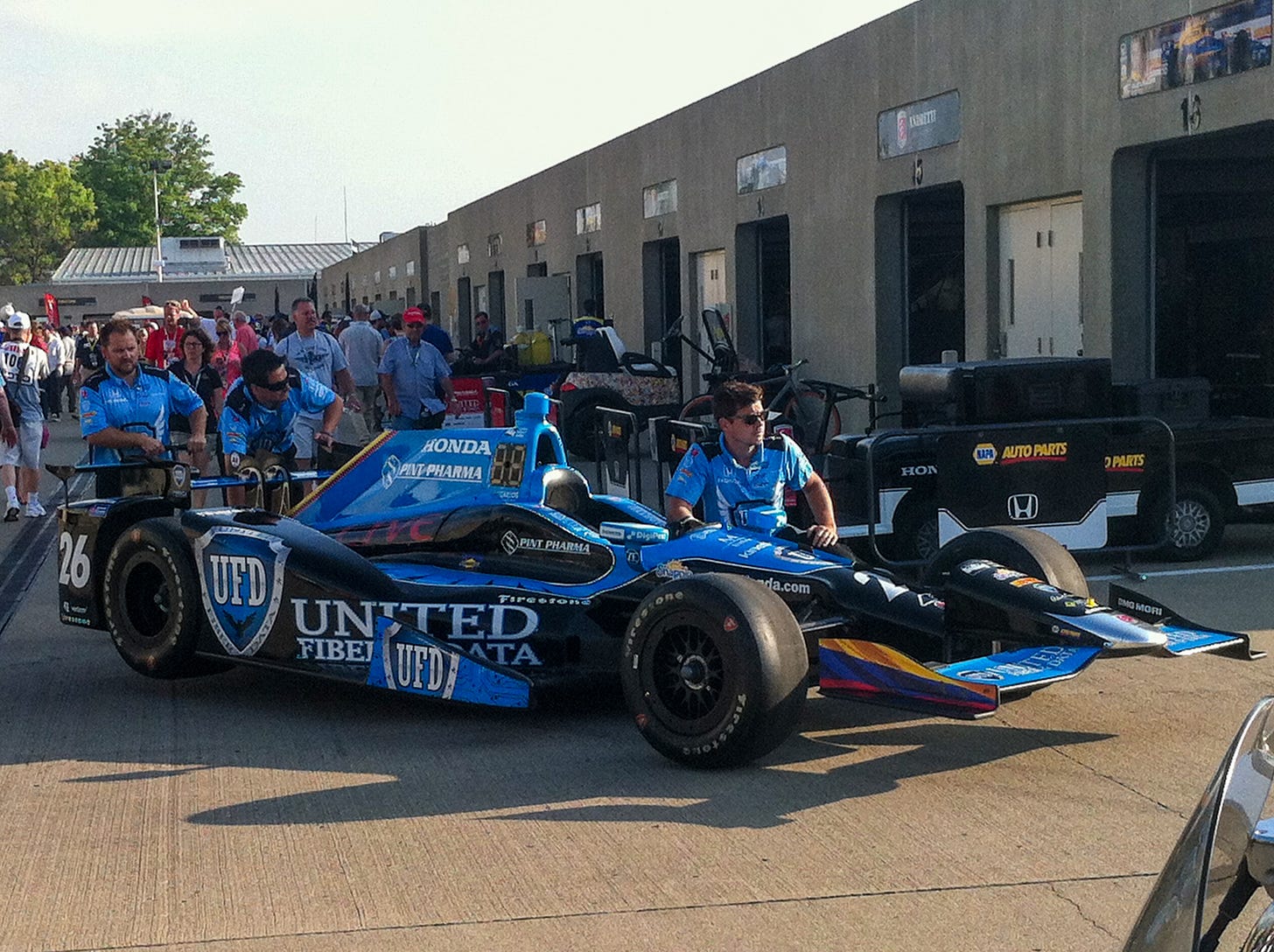
The 2016 race was the 100th Indianapolis 500.
America’s most historic race, and the series that accompanied it, seemed to be having a renaissance, boosted by growing television ratings and ticket sales. NASCAR, America’s most popular motorsport, was in a decline that lasts to this day, suffering from less viewership and attendance.
This race was the one that would help push American open wheel racing back to the peak for the first time since greed split it apart in the 1990s.
The gargantuan speedway estimated to hold over 350,000 people was announced as a sellout days before the race. It was its first full house in decades. The Indianapolis Star reported the speedway had to add seats previously removed in order to meet demand.
Anyone that could watch this race would, and around one in every 950 Americans would watch the race in person.
The winner of the 100th Indianapolis 500 would be remembered as an icon of motorsports for fans across the world, and could set the tone for the resurgence of the IndyCar Series.
Carlos Muñoz had one of the best chances in the field, and a chance to settle the score with the track and the race he’d come so close to winning before.
Muñoz had a fairly unassuming race until the later stages. But like the years before he had a chance.
Muñoz’s teammates Ryan Hunter-Reay and Townsend Bell, early frontrunners, took themselves out of contention following a collision on pit road during one of the race’s six cautions. Marco Andretti never quite put all the pieces together, and couldn’t capitalize on the speed his Andretti Honda had. Alexander Rossi led briefly between cautions through pit strategy alone, but cycled further back after pitting.
The race isn’t remembered for its cautions, but it should be.
The cautions created a fuel mileage race. The three leaders, including Muñoz, pitted during the final caution, and knew making it to the end was a gamble unless another caution came out.
A battle between Muñoz, Josef Newgarden and Kanaan seemed to be the race for the win until around 10 laps to go when it became clear the three drivers would need to pit for a splash of fuel.
Kanaan pitted first. Then Newgarden. Then, with five laps to go, Muñoz. The fastest pitstop would almost surely win the biggest Indianapolis 500 of the century.
Muñoz led the other two after the pit cycle. The Borg Warner Trophy, the ice cold milk and international fame were almost in his hands.
But Rossi didn’t pit.
Rossi’s race engineer Bryan Herta was coaching him through what would be one of the longest stints without pitting for fuel in modern IndyCar history.
Rossi coasted in the corners, painfully eased onto the throttle down the straightaways and coasted again as soon as he could. Muñoz didn’t lift once he left pit road. There wasn’t any way he’d let this one slip away, right?
With two laps to go Rossi had slowed tremendously, almost colliding with a lapped car trying to pass. But the engine kept running.
Muñoz still hadn’t lifted.
When the white flag flew, Rossi had a 20 second lead over Muñoz. There wasn’t any way Rossi would make it back around, right? And even if he did there wasn’t any way he’d still be ahead of Muñoz by the time they reached the yard of bricks.
Rossi, who became the first American driver to race in Formula One since 2007 the year before, was overlooked all season and throughout the month of May by most who follow the sport. Even on the Andretti team, he was considered the fifth best of his five teammates. Even his Napa Auto Parts sponsorship didn’t come together until just weeks before the race.
When Rossi exited turn two Herta told him to go full throttle. Whatever fuel he had left would likely be used up by the time he crossed the finish line. The forward momentum he had at this point assured he’d at least cross it at some point.
Muñoz kept pushing, rounding turns one and two with fury.
When Rossi exited turn four, the crowd was louder than his engine.
Muñoz was entering turn three.
Rossi crossed the finish line first, fist raised and fuel tank dry under the twin checkered flags.
Muñoz crossed the line second.
Rossi didn’t complete the cooldown lap. His car came to a rest along the warmup lane in turn four while the crowd, astounded at the spectacle they’d just seen, covered him in the universal praise you can only experience if you win at Indianapolis.
Muñoz returned to pit lane, buried his face in his hands and cried.
Rossi drank the milk, began a media tour and signed a long term sponsorship deal with Napa.
Muñoz was not retained by Andretti Autosport when the season ended.
Rossi qualified in third in the 2017 Indy 500 and finished seventh.
Muñoz signed a season-long contract with AJ Foyt Racing, and took an underfunded car to a surprising tenth place finish. The No. 26 Andretti car he drove in 2016, driven by Takuma Sato, won the race.
Rossi overcame a qualifying issue to race from 32nd to fourth in the 2018 500, and finished a career-best second in the championship.
Muñoz accepted a one-off ride with the Andretti team for the 500 and finished an unassuming seventh. He never led a lap.
Rossi had a duel with eventual race winner Simon Pagenaud in 2019, a battle that earned the race status as an all-time great.
Muñoz didn’t attempt the 500 that year.
His last races to date were for Schmidt Peterson Motorsports filling in for the injured Robin Wickens in the final two races of the 2018 season.
Rossi still drives for Andretti Autosport and Napa, competes for IndyCar championships and will be a known challenger at Indianapolis this May, looking for his second win in the Greatest Spectacle in Racing.
Muñoz, by all accounts, doesn’t race anymore. His Instagram account hasn’t posted since 2020, his Twitter account isn’t very active.
Carlosmunozracing.com, and this is not a joke, is filled with Swedish recipes.
There’s no mention of Muñoz’s near greatness at Indianapolis.
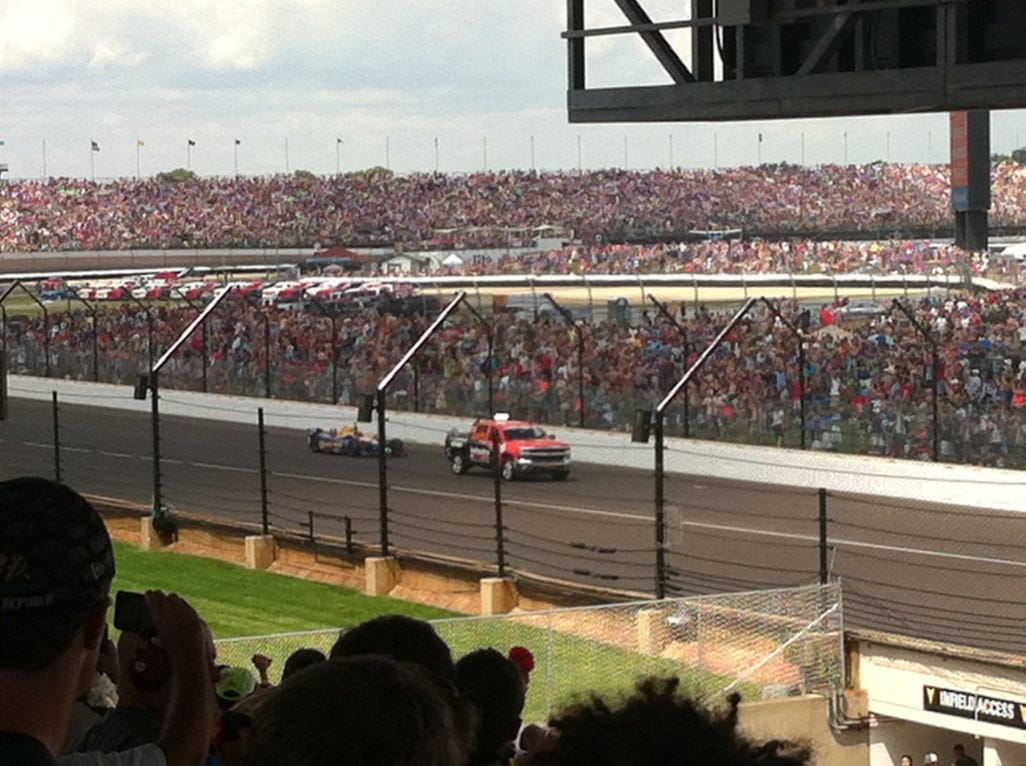
I watched this race take place from Grandstand C, directly across from pit entry. My Dad and I watched our second Indy 500 together as a Christmas present. Today, we still have the same seats.
My youngest sister rooted for Muñoz that day and whenever she could. Our family rooted for him and James Hinchcliffe, who overcame injuries after being skewered by parts from his right front suspension during practice for the 2015 ‘500 to qualify first for the race.
My family and I have an affinity for underdogs in every sport. We wanted Muñoz to have a ride in the Indy 500 for life.
There’s no telling what could’ve happened to Muñoz if he won the 2016 Indianapolis 500. It’s possible he would’ve kept his ride at Andretti, signed a long-term deal and continue to race in the series today.
His fate might not have been sealed by Rossi’s 2016 Indianapolis 500, but it’s entirely possible. Through no fault of his own, a teammate’s bold strategy might have kept him just four seconds from glory.
Autoweek went as far as to call his 2017 move to AJ Foyt Racing one of the 10 worst career moves of all time. I wouldn’t be that harsh. It seems to have been his best option at the time, and exploration into a 2018 IMSA prototype drive never materialized.
In 2018, right before what could end up as his final Indianapolis 500, Muñoz said “I will win the Indy 500 one day.”
Indianapolis clearly doesn’t love him, no matter how much he loves it.
Even still, I sure hope he wins it one day.


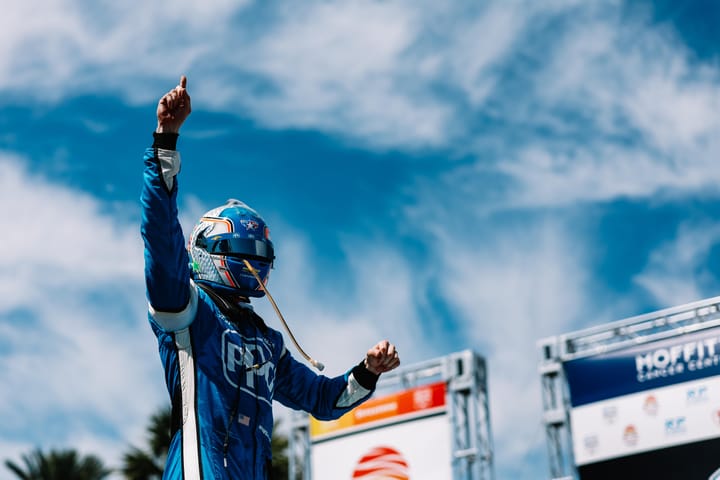
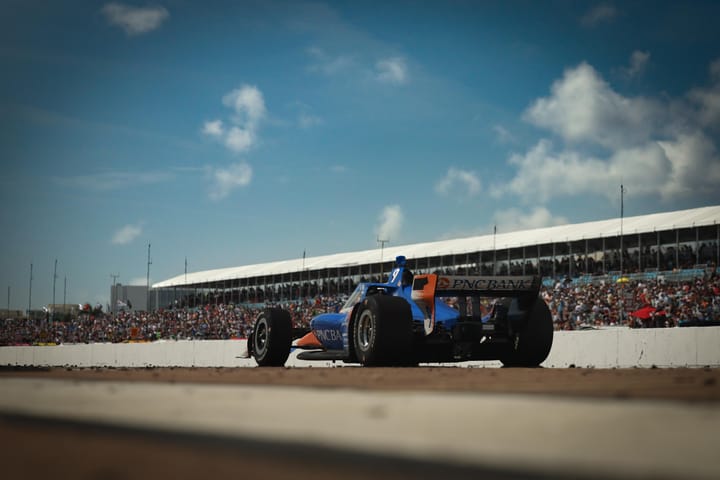

Comments ()